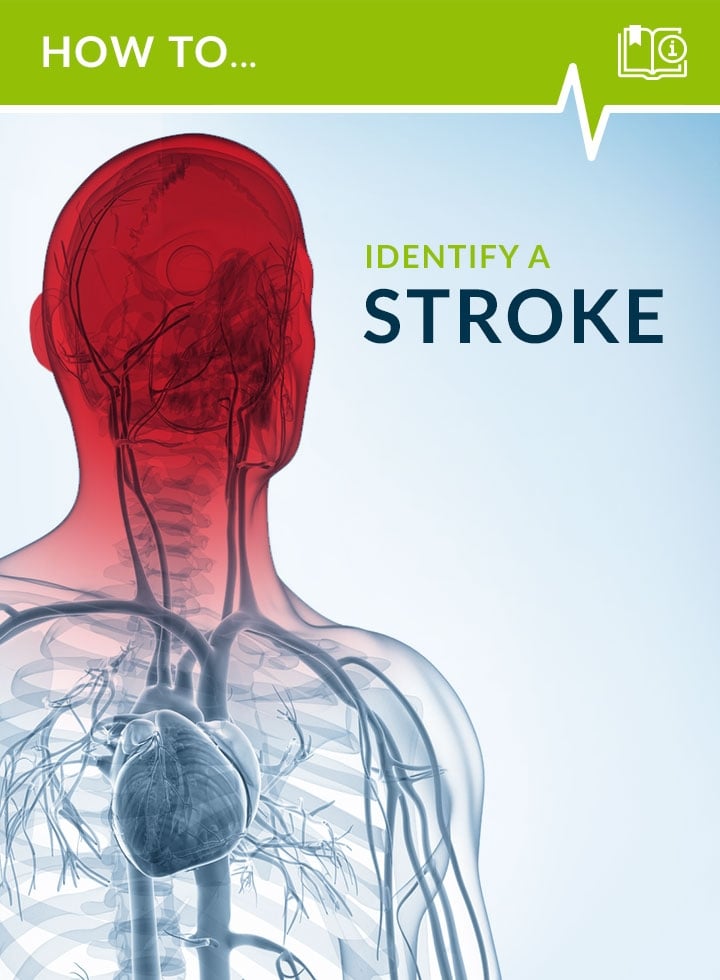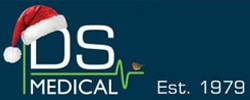Supporting Professionals Who Care
How to Identify a Stroke

A stroke occurs when the blood supply to part of the brain is cut off. A serious, life-threatening condition, strokes are a medical emergency that require urgent treatment. The sooner a person is treated for a stroke, the less damage is likely to occur. If you suspect that someone is having a stroke, including yourself, phone 999 immediately and request an ambulance.
The F.A.S.T System
F.A.S.T is an excellent way to identify a stroke, as it covers the four main symptoms:
Face
When suffering from a stroke, the person’s face may have dropped on one side. They may not be able to smile, or their mouth or eye may have dropped.
Tip: Ask the person to smile
Arms
The person suffering from the stroke may not be able to lift both arms and keep them there due to numbness or weakness in one arm.
Tip: Look for one arm drifting downward
Speech
The person’s speech may be slurred, or the person may not be able to talk at all despite being or appearing to be awake.
Tip: Ask the person to repeat a simple phrase
Time
It’s crucial that you dial 999 immediately if you spot any of these signs or symptoms. The quicker a person is treated for stroke, the less damage is likely to be caused.
Tip: Ask for an ambulance even if symptoms appear to subside & note the time of the first symptom.

Other Possible Symptoms
Occasionally, there are other symptoms aside from F.A.S.T that can indicate a person is suffering from a stroke. These symptoms include:
- Paralysis of one side of the body
- Loss of blurring of vision
- Dizziness
- Confusion
- Difficulty understanding what others are saying
- Problems with balance and coordination
- Difficulty swallowing
- Severe and very sudden headache with blinding pain
- Loss of consciousness
Transient Ischaemic Attack (TIA)
Known as a mini-stroke, TIAs tend to only last a few minutes or hours before completely disappearing. Even if symptoms improve, a TIA shouldn’t be ignored as it’s a serious warning sign of an issue with the blood supply to your brain and increases the risk of having a stroke in the near future.
Causes of a stroke
There are two main causes of strokes:
- Ischaemic - blood supply is stopped because of a blood clot
- Haemorrhagic - a weakened blood vessel supplying the brain bursts
Certain conditions can increase your risk of having a stroke, including:
- High blood pressure (hypertension)
- High cholesterol
- Atrial fibrillation
- Diabetes
A number of lifestyles choices may also increase your risk of having a stroke, including:
- Smoking
- Being overweight
- Lack of exercise
- Poor diet
- Excessive alcohol consumption


